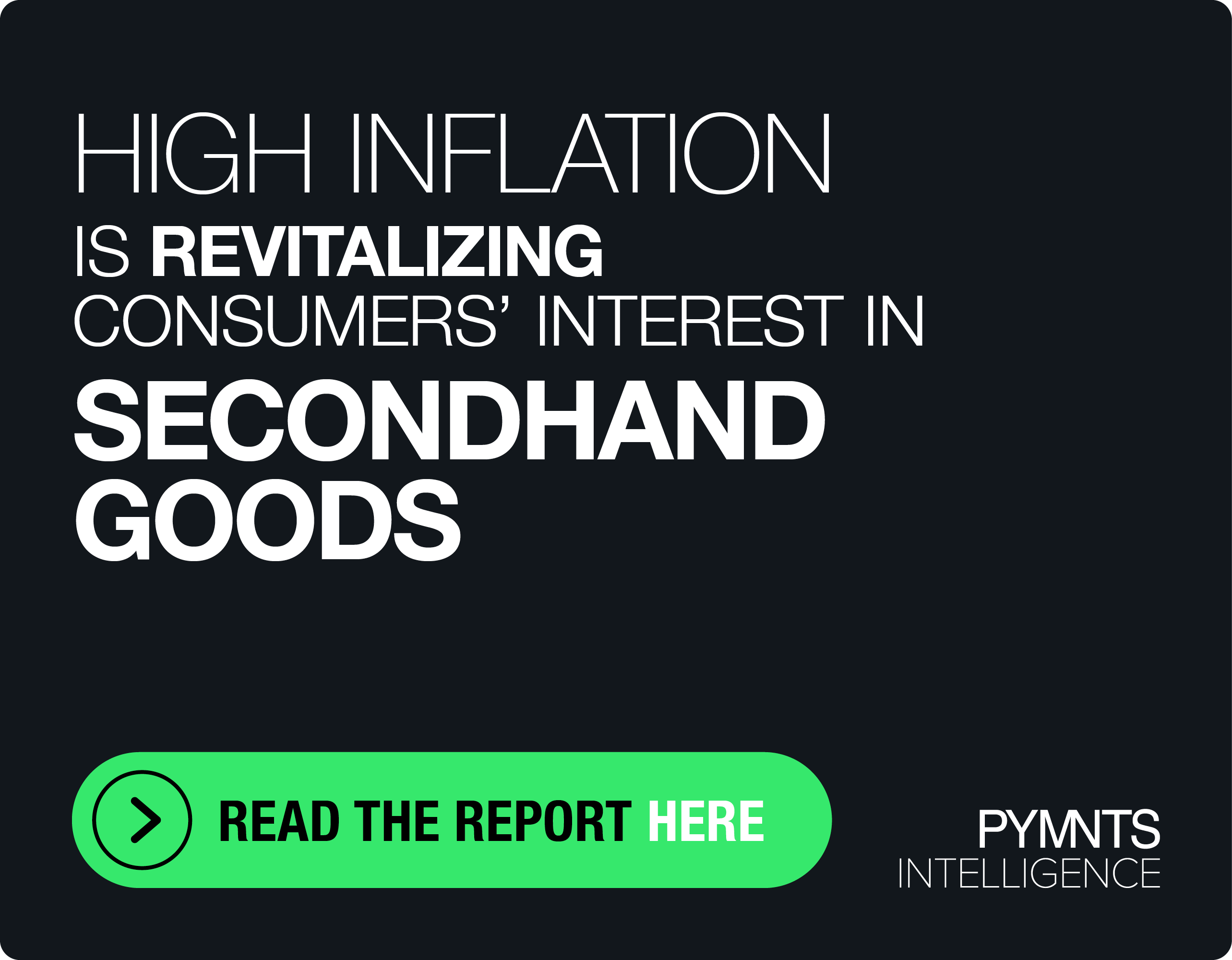Domino Effect In The Wings Amid Global Housing Warning Signs?

To quote the great Jimi Hendrix: And so castles made of sand, fall into the sea. Eventually.
So many metaphors. So little space in which to list them. How about two more: Crumbling foundations and no shelter from the storm?
A recent Bloomberg article shone a spotlight on a housing market that is global in scope — because some homeowners have properties across continents. Those are the wealthiest of homeowners, of course.
That global housing market may be in for a rough patch, which in turn spells trouble in other areas of the global economy. Bloomberg takes as its starting point data from the International Money Fund, which notes a linking of sorts between markets. That linkage comes as some of those rarefied homeowners own more homes … and where there’s linkage, there’s a cascade that might come if there is a rush to sell. There are indeed some signs that the exits are getting a bit crowded.
Macro factors seem to be lining up to hit people at the micro level in the luxury marketplace. One of the most flashing red alarms is affordability, where some markets have a mismatch, and where some lenders are becoming cautious. There’s an intertwining here, one that may be signaled in the housing market but may be germane to any market: If an asset is tough to afford on current cash flow, one borrows (or at least one hopes to borrow). If the lender starts to pull back, that’s a sign of self-preservation (for the lender) and an outright suspicion that borrowers are on the way toward difficulty in meeting their monthly mortgage nut.
If borrowers find it tough going in terms of cash flow – or if they think this is as good as it gets — they unwind assets. The more choices on the market as they unwind, the lower prices go. The less money one gets for the asset, the less the individual’s flanks are covered — and the less there is to spend elsewhere, at least possibly. Call it a vicious cycle if you want. Others would call it a virtuous cycle, one where asset prices eventually reach rational levels, if they’ve been out of whack.
London has seen a glut of new properties on the market, which has brought prices down by double-digit percentages. In New York City, there are thousands of more high-end units up for grabs than were available last year. In that bellwether market, prices are down 7.5 percent through the three months ending on June 30. Keeping in mind that some investors/homeowners would get hit on multiple fronts if they owned housing in, say, London and New York, where does one pull the trigger?
The ripple effect in real estate may be palpable as developers hit the market with new supply, right as the existing supply goes down in value (again, new options, lower prices and a market stretching toward a new, more rational level). It’s enough to make these wealthy property owners slam on the brakes in other ways. Perhaps they pull back on buying other higher-priced goods (the Amex card may not see as much daylight as once it did).
In real estate and in all markets, there’s the fear of missing out. Add to that another fear: The fear of missing out on the chance to get out. That may be a trend gathering momentum, one that bodes ill for the highest of the high-end housing.
